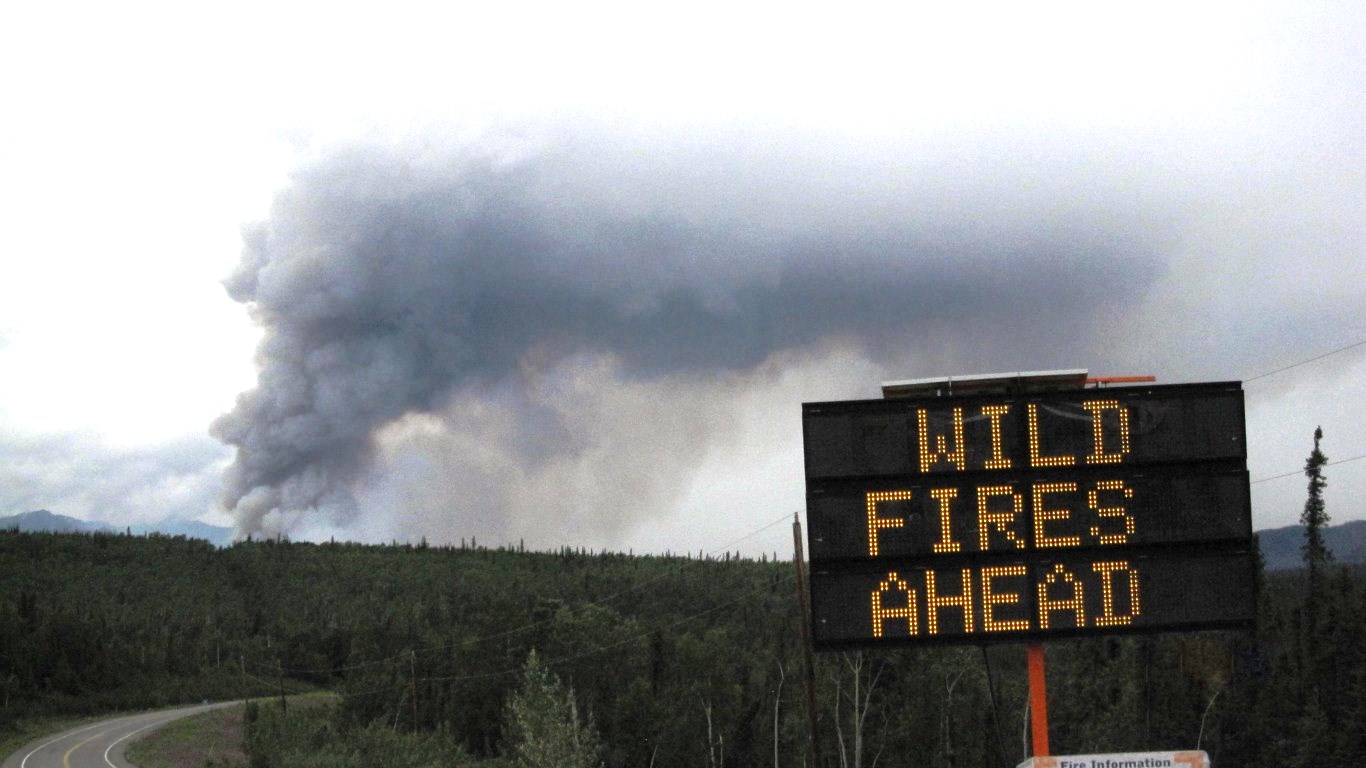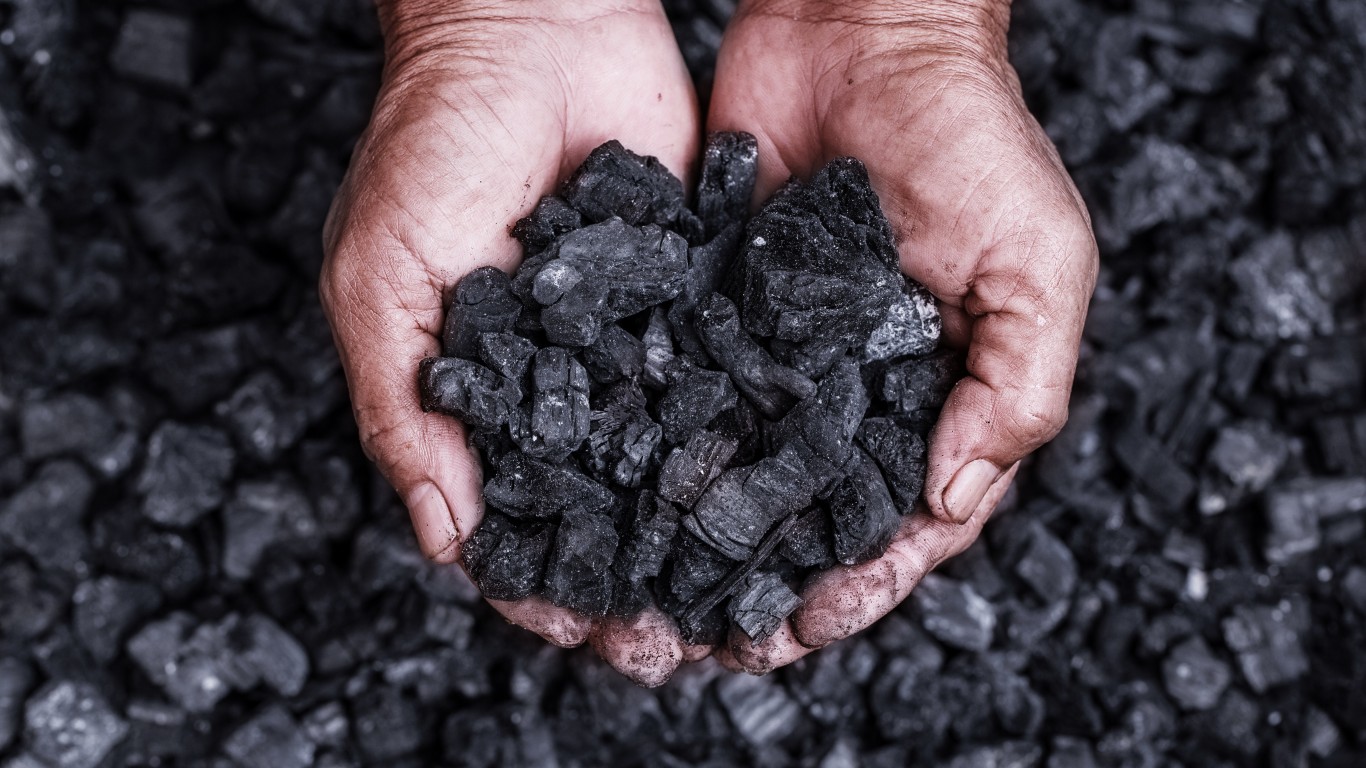By David Callaway, Callaway Climate Insights
For all the bluster, nobody really ever expected a global coal deal to come out of the United Nations climate summit in Glasgow, with China and Russia out of the picture. But amid the frantic and frustrating first few days of COP26, the challenge of crafting a meaningful blueprint for a fossil fuel transition while maintaining economic growth and market balance has been darkened by three creeping shadows.
The first has been the near total absence of French President of Emmanuel Macron, a champion of the G7 climate agenda at past conferences. Locked in a feud with the U.S. and UK over the Australian nuclear submarine deal last month, and a post-Brexit low in relations with Britain over fishing rights in the Channel, Macron managed only a Glasgow drive-by this week for the first day before returning to Paris in a huff. He is a major loss on the global climate stage.
Second, while most Middle East countries, including Saudi Arabia, are in Glasgow to negotiate this week, did anyone think to tell them this might not be the right time for OPEC to agree to pump more oil (although less than U.S. President Biden, amazingly, wants)?
Finally, the one true area of potential progress at COP26, in the finance arena, is dogged even more then normal this year by protesters against the net-zero plans of banks and asset managers because they don’t go far enough to eliminate fossil fuels. Protesters are necessary because they keep us all honest in some regard and on track. But the concept of the “transition” is lost on them, and that only hampers efforts on Wall Street and other financial centers to build effective long-term solutions.
Distrust and finger-pointing is inevitable at events like these, with so many constituencies. But a third of the way through COP26, we’re still looking for the spark, so to speak, to re-light the momentum we shared coming in. The next few days will be vital.
More insights below. . . .
Hulbert: The one database that can ensure COP26 success
. . . . One of the main hurdles to previous COP successes may have been overcome this time in the form of a new database measuring the emissions of 10,000 of the world’s public companies, writes Mark Hulbert. The new data from MSCI measures Scope 1, 2 and 3 emissions of these public companies, and provides estimates of how their emission reduction strategies will perform over the next four decades. The bad news? Only 10% of companies currently are on track to meet Paris Agreement standards. Hulbert reports what this means and where we are headed in terms of increased global temperatures (not good), and notes the eight companies currently doing the best job on the index. Check it out. . . .
Read the full story
EU notebook: Glasgow deforestation plan hinges on anti-money laundering measures
. . . . The global government effort to eliminate deforestation in the next decade will depend largely on abilities to detect and stop the money laundering that makes it possible, writes Dan Bryne from Dublin, in our sister publication, AML Intelligence. Read COP 26: Increased focus on anti-money laundering a ‘powerful solution’ in combatting deforestation, FATF chief says in Glasgow. The head of Europe’s Financial Action Task Force, Dr. Marcus Pleyer, said in Glasgow that money laundering tied to illegal logging and land clearing generates up to $152 billion a year.
“If the global community steps up its resources in anti-money laundering, applies the FATF standards in a risk-based way, and prioritizes the fight against illicit financial flows from environmental crimes, then this can be a powerful contribution in saving our forests,” he said.
Byrne also provides a blow-by-blow of COP26 so far this week, with key quotes from global leaders and major announcements of coordinated efforts to reduce methane emissions and deforestation. . . .
Read the full European notebook
Thursday’s subscriber insights: Coal dust, Carney and COP’s winners and losers after a week in Glasgow
. . . . A COP26 global agreement to snuff out coal-fired electricity plants and fossil fuel funding? “Shut yer geggy,” as they say in Glasgow. It just isn’t going to happen, with only about 20 countries at the conference agreeing to phase out coal-generated power and about the same number OK’ing a pact to end fossil fuel investments, the signature goal of the United Nations annual climate fest to “consign coal to history” is dead on arrival. Read more here. . . .
. . . . But, a little-noticed deal on the sidelines at COP26 to help Indonesia and the Philippines cut their coal-powered electricity usage by 50% in the next decade, replacing it with renewable energy, has created great excitement for how it would work and more importantly, what it could do in coal heavy Asia. China should be watching. Read more here. . . .
. . . . Somewhat lost in the lead-up to the COP26 conference and the big methane reduction announcement this week was a decision by the U.S. Supreme Court to hear a case brought by coal mining companies to limit the Environmental Protection Agency’s power to reduce coal emissions. An Obama era plan stalled by Trump, it now faces a right-leaning high court at exactly the worst time for environmentalists. Read more here. . . .
. . . . Among the most-welcome financial news to come out of COP26 this week was the announcement that Mark Carney’s group of financial institutions dedicated to reaching net zero had doubled in size to more than 450 firms, but a separate report from S&P Global showed that almost every sector in its largest S&P indexes is missing its Paris targets by a mile, including financials. Read more here . . . .
. . . . On the plus side, State Street Global Advisors’ Rick Lacaille said in an op-ed last week that internal research dating back to 2015 shows a major shift in institutional portfolios toward decarbonization started two years ago, in 2019. And that the average carbon intensity of global portfolios had been reduced by about a third. Read more about what this means here. . . .
. . . . Do you really know what “net-zero” means? Are carbon offsets truly part of the picture? What, exactly, is ESG? Truth is, almost nobody really knows. Now a group called Science Based Targets initiative (SBTi) has made it its job to come up with a just-introduced net-zero standard that “gives companies a clear blueprint on how to bring their net-zero plans in line with the science.” Read more here. . . .
Editor’s picks: COP26 boosts net-zero goals, Ithaca’s getting electrified, and Google’s Oregon water secret
Ithaca wants to decarbonize every building in the city
Ithaca, N.Y. is set to become the first U.S. city to electrify all its buildings. The Washington Post reports that Wednesday night, the city voted to electrify and decarbonize its buildings. It’s the first such initiative of its kind in the country. The report quoted Luis Aguirre-Torres, Ithaca’s director of sustainability, as saying, “We are being very aggressive. I’m very excited but, at the same time, it’s a lot of work ahead.” The Post also noted the city has a population of around 30,000 and 6,000 homes and buildings. Decarbonization would involve looking at everything from how a building is heated to what appliances it uses, with the aim of moving away from the consumption of fossil fuels such as oil and natural gas.
Oregon city sues to keep Google’s water use secret
According to a report from The Portland Oregonian this week, the city of The Dalles, Ore. filed suit in state court to keep out of the public record information on Google’s (GOOGL) water use in connection with planned server farms. According to the story, the lawsuit comes ahead of a city council vote on a $28.5 million water pact with Google. In the suit, the city is seeking to overturn a ruling earlier this month from Wasco County’s district attorney, who found Google’s water use is a public record and ordered The Dalles to provide that information to The Oregonian/OregonLive. The city sued the news organization Friday, asking a judge to intervene. The Oregonian report says Google is planning two new server farms on the site of a former aluminum smelter in The Dalles, where it already has an enormous campus of data centers on its property along the Columbia River. “Google says it needs more water to cool its data centers, but neither the company nor the city will say how much more — only that The Dalles can’t meet Google’s needs without expanding its water system. The deal calls for Google to pay for the upgrade,” the report notes.
Words to live by . . . .
“1.5°C. is what we need to stay alive. Two degrees is a death sentence for the people of Antigua and Barbuda, for the people of the Maldives, for the people of Dominica and Fiji, for the people of Kenya and Mozambique — and yes, for the people of Samoa and Barbados. — Barbadian Prime Minister Mia Mottley, speaking at COP26.
Callaway Climate Insights Newsletter
By David Callaway












